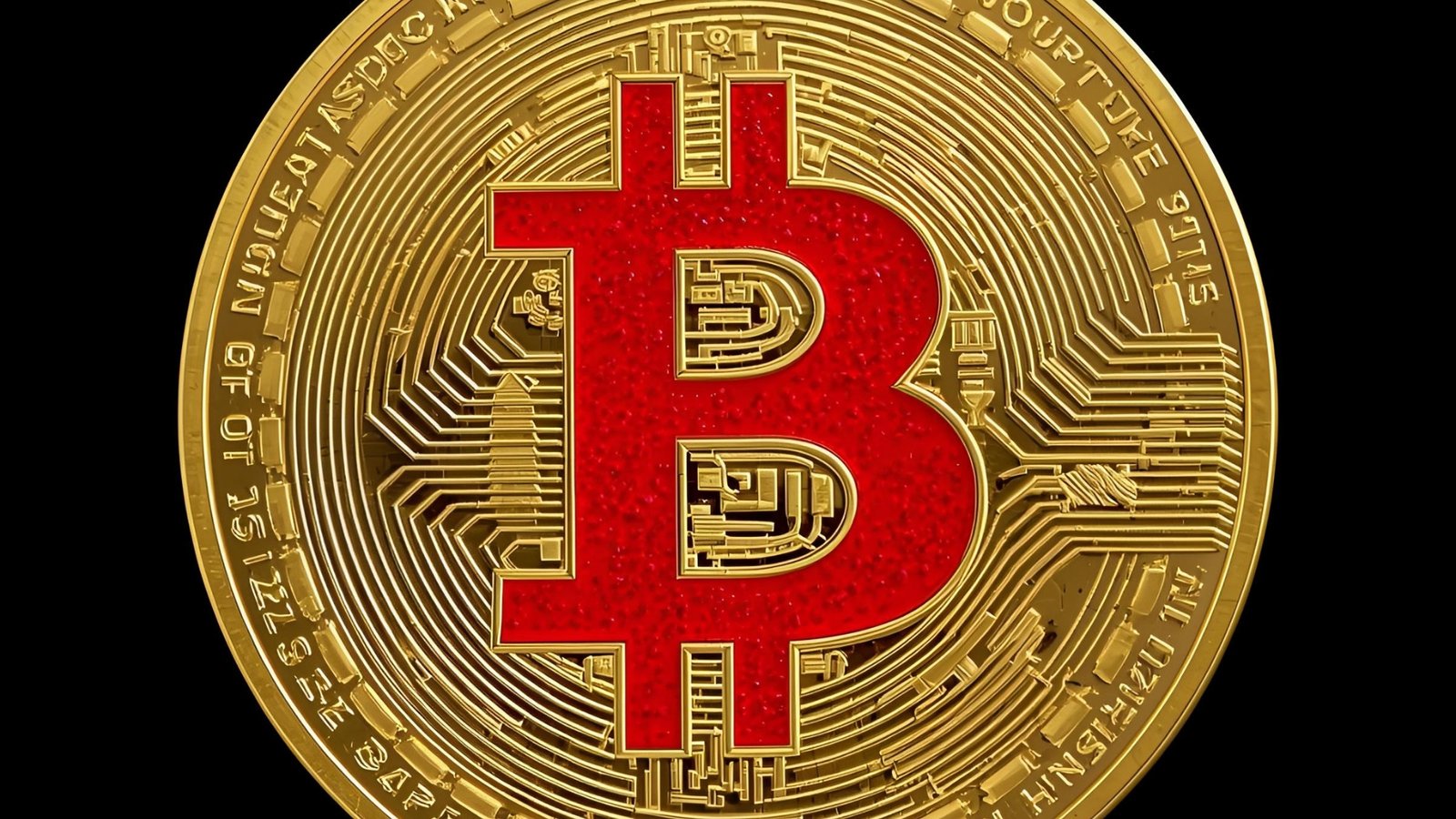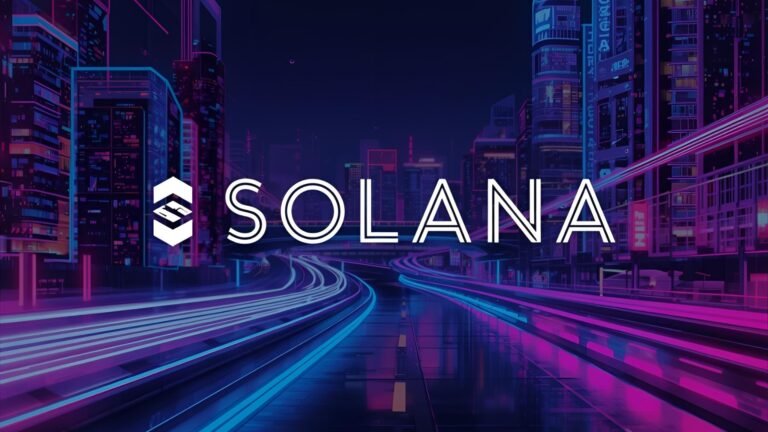The Solana blockchain platform has emerged as one of the most revolutionary technologies in the cryptocurrency space, offering unprecedented speed and scalability that traditional blockchains struggle to match. As digital assets continue to reshape the global financial landscape, understanding the Solana blockchain platform becomes crucial for investors, developers, and crypto enthusiasts alike. This comprehensive guide will explore everything you need to know about Solana’s innovative technology, its native SOL cryptocurrency, and why it’s positioned as a serious competitor to Ethereum and other major blockchain networks.
Built with cutting-edge technology and designed for mass adoption, the Solana blockchain platform processes thousands of transactions per second while maintaining low fees and high security standards. Whether you’re interested in decentralized finance (DeFi), non-fungible tokens (NFTs), or simply want to understand the next generation of blockchain technology, this article will provide you with comprehensive insights into Solana’s ecosystem and potential.
What is the Solana Blockchain Platform
The Solana blockchain platform represents a third-generation blockchain designed to solve the scalability trilemma that has plagued earlier blockchain networks. Founded by Anatoly Yakovenko in 2017, Solana combines innovative consensus mechanisms with advanced cryptographic techniques to achieve remarkable performance metrics that set it apart from competitors.
Unlike traditional blockchains that struggle with throughput limitations, the Solana blockchain platform can theoretically handle up to 65,000 transactions per second (TPS) while maintaining decentralization and security. This exceptional performance is achieved through Solana’s unique Proof of History (PoH) consensus mechanism, which works in conjunction with Proof of Stake (PoS) to create a highly efficient network.
The platform’s architecture is specifically designed to support decentralized applications (dApps), smart contracts, and various DeFi protocols without the congestion and high fees that often plague other networks. This makes Solana particularly attractive for developers building scalable blockchain solutions and users seeking fast, affordable transactions.
Key Features of Solana
Solana’s technological innovation extends beyond just speed and includes several groundbreaking features:
Proof of History (PoH) serves as Solana’s most distinctive feature, creating a historical record that proves events occurred at specific moments in time. This innovative approach eliminates the need for nodes to communicate extensively about transaction timing, significantly reducing network overhead and increasing efficiency.
Tower BFT is Solana’s implementation of Practical Byzantine Fault Tolerance (pBFT), optimized to leverage the PoH clock. This consensus mechanism allows the network to reach agreement quickly while maintaining security against malicious actors.
Turbine acts as Solana’s block propagation protocol, breaking data into smaller packets and transmitting them efficiently across the network. This approach reduces bandwidth requirements and improves overall network performance.
How Solana’s Technology Works
Understanding Proof of History
The Solana blockchain platform revolutionary Proof of History mechanism functions like a cryptographic clock that timestamps transactions before they enter the blockchain. This innovation eliminates one of the primary bottlenecks in traditional blockchain networks: the time required for nodes to agree on transaction ordering.
In conventional blockchain systems, nodes must communicate extensively to determine the correct sequence of transactions, creating delays and limiting throughput. Solana’s PoH solves this by providing a verifiable passage of time between events, allowing validators to process transactions more efficiently while maintaining security and decentralization.
The PoH sequence is generated using a Verifiable Delay Function (VDF), which produces a unique output that can only be generated by sequential computation. This creates an unforgeable record of time passage that validators can reference when processing transactions.
Solana’s Consensus Mechanism
While Proof of History provides the timing framework, Solana uses Proof of Stake for actual consensus on transaction validity. Validators on the Solana blockchain platform stake SOL tokens to participate in consensus and earn rewards for honest behavior.
The combination of PoH and PoS allows Solana to achieve consensus much faster than traditional blockchain networks. Validators can immediately begin working on the next block without waiting for confirmation from other nodes, significantly improving throughput and reducing transaction times.
This hybrid approach maintains the security guarantees of traditional consensus mechanisms while dramatically improving performance, making Solana suitable for applications requiring high-frequency transactions and real-time interactions.
SOL Cryptocurrency The Native Token

SOL, the native cryptocurrency of the Solana blockchain platform, serves multiple critical functions within the ecosystem. As both a medium of exchange and a governance token, SOL plays a vital role in maintaining network security and facilitating various platform operations.
SOL Token Utility
SOL tokens are required for paying transaction fees on the Solana blockchain platform, though these fees remain remarkably low compared to other major blockchain networks. Users typically pay fractions of a cent for standard transactions, making Solana highly accessible for everyday use and micro-transactions.
Staking represents another primary use case for SOL cryptocurrency. Token holders can stake their SOL to help secure the network and earn rewards in return. The Solana blockchain platform currently offers competitive staking rewards, typically ranging from 5-8% annually, depending on network conditions and validator performance.
SOL also serves as collateral in various DeFi protocols built on Solana, enabling users to participate in lending, borrowing, and other financial services. The token’s utility continues expanding as more applications launch on the platform.
SOL Tokenomics
The Solana blockchain platform implements a carefully designed tokenomics model to ensure long-term sustainability and value accrual. The initial SOL supply was set at approximately 489 million tokens, with additional tokens released through inflation to reward validators and maintain network security.
Solana’s inflation rate decreases over time, starting at 8% annually and reducing by 15% each year until reaching a long-term rate of 1.5%. This disinflationary model helps balance the need for validator rewards with the desire to limit token dilution.
Token burns occur through transaction fees, creating deflationary pressure that partially offsets inflation. As network usage increases, more SOL tokens are burned, potentially creating a net deflationary environment during periods of high activity.
Solana DeFi Ecosystem
The Solana blockchain platform has become home to a thriving DeFi ecosystem that rivals those found on more established networks. Solana’s high throughput and low fees make it particularly well-suited for DeFi applications that require frequent interactions and complex financial operations.
Major DeFi Protocols on Solana
Serum represents one of the most significant DeFi protocols on the Solana blockchain platform, providing a fully decentralized exchange with an on-chain order book. Unlike many other decentralized exchanges that use automated market makers, Serum offers traditional order book functionality while maintaining decentralization.
Raydium serves as an automated market maker and liquidity provider that integrates with Serum’s order books. This protocol allows users to provide liquidity, trade tokens, and earn fees while contributing to the overall liquidity of the Solana ecosystem.
Mango Markets offers leveraged trading and lending services, allowing users to trade with borrowed funds and earn interest on deposited assets. The platform demonstrates Solana’s capability to support complex financial instruments that require high-frequency updates and low-latency execution.
Benefits of DeFi on Solana
The Solana blockchain platform advantages for DeFi applications extend beyond just speed and cost. The network’s architecture enables more sophisticated trading strategies and financial products that would be prohibitively expensive on other blockchains.
Real-time interactions become possible on Solana, allowing for more responsive trading interfaces and better user experiences. Traders can execute strategies that require rapid position adjustments without worrying about high gas fees eating into profits.
Composability remains strong on the Solana blockchain platform, enabling different DeFi protocols to interact seamlessly and create complex financial products. This interoperability fosters innovation and allows developers to build upon existing protocols rather than starting from scratch.
NFTs and Digital Assets on Solana
The Solana blockchain platform has emerged as a major hub for NFT activity, offering creators and collectors an alternative to expensive networks with its low minting costs and fast transaction speeds. Solana’s technical capabilities enable new types of digital experiences that weren’t practical on slower, more expensive blockchains.
Solana NFT Marketplaces
Magic Eden has become the largest NFT marketplace on the Solana blockchain platform, facilitating millions of dollars in trading volume and hosting thousands of unique collections. The platform’s success demonstrates the viability of Solana as an NFT ecosystem and the benefits of low transaction costs for frequent traders.
Solanart represents another major marketplace that helped establish Solana’s NFT ecosystem during its early days. These platforms benefit from Solana’s fast confirmation times and low fees, enabling features like real-time bidding and frequent trading that would be cost-prohibitive on other networks.
OpenSea, while primarily associated with Ethereum, has also integrated Solana support, recognizing the Solana blockchain platform growing importance in the NFT space. This cross-chain approach helps increase liquidity and accessibility for Solana-based NFTs.
Unique NFT Features on Solana
The Solana blockchain platform technical capabilities enable unique NFT features that aren’t available on other networks. Programmable NFTs can change their properties over time or in response to specific conditions, creating more dynamic and interactive digital assets.
Music NFTs have found particular success on Solana due to the platform’s ability to handle high-frequency interactions and micro-transactions. Musicians can distribute their work with embedded royalty mechanisms that execute automatically without significant transaction costs.
Gaming NFTs benefit from Solana’s low latency and high throughput, enabling real-time game interactions and frequent asset transfers that enhance gameplay experiences. This makes Solana particularly attractive for blockchain gaming projects requiring responsive user interactions.
Comparing Solana to Other Blockchains
Solana vs Ethereum
The comparison between the Solana blockchain platform and Ethereum reveals significant differences in approach and capabilities. While Ethereum pioneered smart contract functionality and hosts the largest DeFi ecosystem, Solana offers superior performance metrics and lower costs.
Transaction speed represents Solana’s most obvious advantage, with the ability to process thousands of transactions per second compared to Ethereum’s 15 TPS. This performance difference becomes particularly important during periods of high network activity when Ethereum fees can reach hundreds of dollars per transaction.
Developer experience differs significantly between the platforms. Ethereum uses Solidity as its primary programming language, while Solana uses Rust and C++. This difference affects the developer pool and the types of applications that get built on each platform.
Solana vs Other High-Performance Blockchains
When compared to other high-performance blockchains like Avalanche, Polygon, and Binance Smart Chain, the Solana blockchain platform maintains competitive advantages in specific areas while facing challenges in others.
Avalanche offers sub-second finality and high throughput but uses a different consensus mechanism and has a different architectural approach. Solana’s single-chain architecture contrasts with Avalanche’s multi-chain approach, each offering distinct trade-offs in terms of complexity and performance.
Polygon operates as a layer-2 solution for Ethereum, providing faster and cheaper transactions while maintaining Ethereum compatibility. Solana, as a layer-1 solution, offers different security guarantees and doesn’t rely on another blockchain for final settlement.
Also Read: Top Blockchain Investment Opportunities 2025 Complete Guide for Smart Investors
Investment Considerations for Solana

SOL Price Analysis and Market Performance
The SOL cryptocurrency has experienced significant price volatility since its launch, reflecting both the broader cryptocurrency market conditions and specific developments within the Solana blockchain platform ecosystem. Understanding these price movements requires analyzing both technical factors and fundamental adoption metrics.
Market capitalization serves as one key metric for evaluating SOL’s position in the cryptocurrency landscape. At various points, SOL has ranked among the top 10 cryptocurrencies by market cap, demonstrating significant investor interest and confidence in the Solana blockchain platform.
Trading volume indicates the level of interest and liquidity in SOL cryptocurrency. High trading volumes generally suggest strong market participation and can indicate price discovery efficiency, while low volumes might signal reduced interest or market uncertainty.
Fundamental Analysis of Solana
Developer activity represents a crucial fundamental indicator for the Solana blockchain platform. The number of active developers, new projects launched, and total value locked (TVL) in Solana-based protocols provide insights into the platform’s growth trajectory and long-term viability.
Network usage metrics including daily active users, transaction volume, and application diversity help evaluate whether the Solana blockchain platform is achieving real-world adoption beyond speculative trading. These metrics often correlate with long-term value creation and platform sustainability.
Institutional adoption serves as another important factor, with various companies, funds, and traditional institutions beginning to recognize Solana’s potential. Partnerships, integrations, and institutional investments can significantly impact both SOL price and platform development.
Future Outlook and Roadmap
Upcoming Developments
The Solana blockchain platform development team continues working on numerous improvements designed to enhance performance, security, and usability. These developments span various aspects of the platform, from consensus mechanism optimizations to developer tooling improvements.
Firedancer represents a significant upcoming development—an independent Solana validator client being developed by Jump Crypto. This alternative implementation aims to improve network diversity and performance while providing additional security through client diversity.
Mobile integration initiatives include the development of Solana mobile phones and applications designed to make blockchain technology more accessible to mainstream users. These efforts could significantly expand Solana’s user base and real-world utility.
Long-term Vision
The Solana blockchain platform’s long-term vision involves becoming the infrastructure for global-scale decentralized applications and financial systems. This ambitious goal requires continued technical development, ecosystem growth, and mainstream adoption.
Web3 infrastructure development aims to make Solana the backbone for decentralized internet applications, supporting everything from social media platforms to gaming applications. The platform’s performance characteristics make it well-suited for applications requiring real-time interactions and frequent state updates.
Traditional finance integration represents another area of focus, with efforts to bridge Solana with conventional financial systems and enable new hybrid financial products. This integration could unlock significant value and adoption potential for the Solana blockchain platform.
Conclusion
The Solana blockchain platform has established itself as a formidable force in the cryptocurrency and blockchain space, offering unique technological advantages that address many limitations of earlier blockchain networks. With its innovative Proof of History consensus mechanism, high transaction throughput, and growing ecosystem of applications, Solana presents compelling opportunities for developers, investors, and users seeking scalable blockchain solutions.
While challenges remain, including network stability concerns and intense competition, the Solana blockchain platform continues demonstrating its potential through real-world adoption and technological advancement. The platform’s ability to support complex DeFi protocols, vibrant NFT marketplaces, and innovative applications while maintaining low fees positions it well for future growth.
For those considering involvement with the Solana blockchain platform, whether as developers, investors, or users, staying informed about ongoing developments and conducting thorough research remains essential. The platform’s rapid evolution and growing ecosystem offer numerous opportunities, but also require careful consideration of risks and market dynamics.

